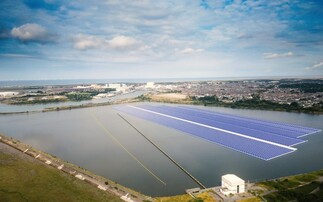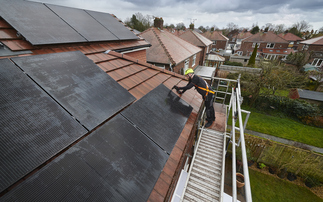Coal industry threatened by rooftop solar as it competes with daytime power provision
Rooftop solar energy has been cited as the cause of electricity prices in the Australian state of Queensland slipping below zero last week, according to reports in the Guardian.
The dip marks a significant change from the standard price of AUD $40 to $50 per megawatt hour (MWh), and is particularly unusual as it happened during the middle of the day.
Negative pricing is not uncommon at night when demand is lower and coal operators prefer to pay others to pick up their power output rather than shut down production. But daytime prices tend to reflect the naturally higher demand from buildings, houses, and factories, and can be particularly high during the middle of the day when demand from air conditioning and workplaces peaks.
However, as in Germany, there is growing evidence that expanding renewable energy capacity in Australia is leading to peaks in power supply that can slash prices during any given day.
According to the Guardian, there is around 1.1GW of rooftop solar across more than 350,000 buildings in Queensland - a substantial chunk of the 3.4GW on 1.2 million buildings across the country - and it is producing power at the same time as fossil fuel plants would usually be making profits.
The rise of solar has hit Australia's substantial coal industry particularly hard. Profit margins have been squeezed and one leading operator, state-owned generator Stanwell, last year specifically blamed solar for its poor financial performance.
As solar costs fall, households are expected to ramp up their investment in solar technologies to AUD $30bn, with Western Australia's Independent Market Operator predicting three quarters of detached and semi-detached houses and 90 per cent of commercial businesses could have rooftop solar by 2023/24.








